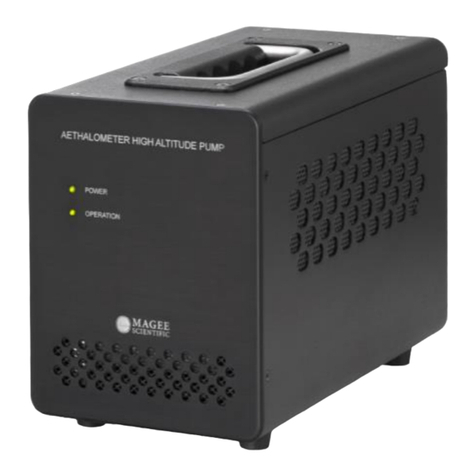
____________________________________________________________________________________________________________
User's manual –Ver. 1.53 July 2015 3/75
TABLE OF CONTENTS
1.1 Description of the instrument..................................................................................................... 5
1.2 Technical specification............................................................................................................. 14
1.3 Basic calculations..................................................................................................................... 15
1.4 Functional description of the instrument.................................................................................. 16
1.5 Flow manifold.......................................................................................................................... 22
2 SAFETY NOTES and LABELS ..................................................................................................23
3 IDENTIFICATION and MARKINGS.........................................................................................27
3.1 Instrument identification label ................................................................................................. 27
3.2 Front panel markings................................................................................................................ 27
3.3 Back panel markings................................................................................................................ 27
4. INSTRUMENT INSTALLATION ..............................................................................................28
4.1 Unpacking the system .............................................................................................................. 28
4.2 The sampling line..................................................................................................................... 28
4.3 Switching the Aethalometer on................................................................................................ 30
4.4 Filter tape installation............................................................................................................... 33
4.5 Installation of instrument in the measurement station ............................................................. 40
5 USER INTERFACE, SETTINGS and OPERATION ..................................................................41
5.1 User interface and settings ....................................................................................................... 41
5.2 Instrument Status...................................................................................................................... 44
5.3 Downloading and Viewing Data.............................................................................................. 47
5.4 Connecting to External Datalogger or PC................................................................................ 52
5.5 Serial Commands for Communication with the Aethalometer................................................ 53
5.6 External devices ....................................................................................................................... 54
5.6.1 AMES_TPR159 .................................................................................................................... 55
5.6.2 Comet_T0310........................................................................................................................ 55
5.6.3 Vaisala_GMP343 .................................................................................................................. 55
5.6.4 TSI_4100............................................................................................................................... 55
5.6.5 Datalogger_AE33_protocol .................................................................................................. 56






























